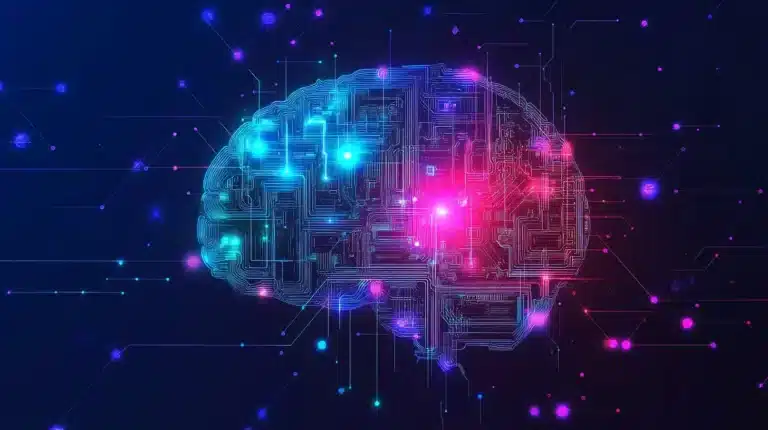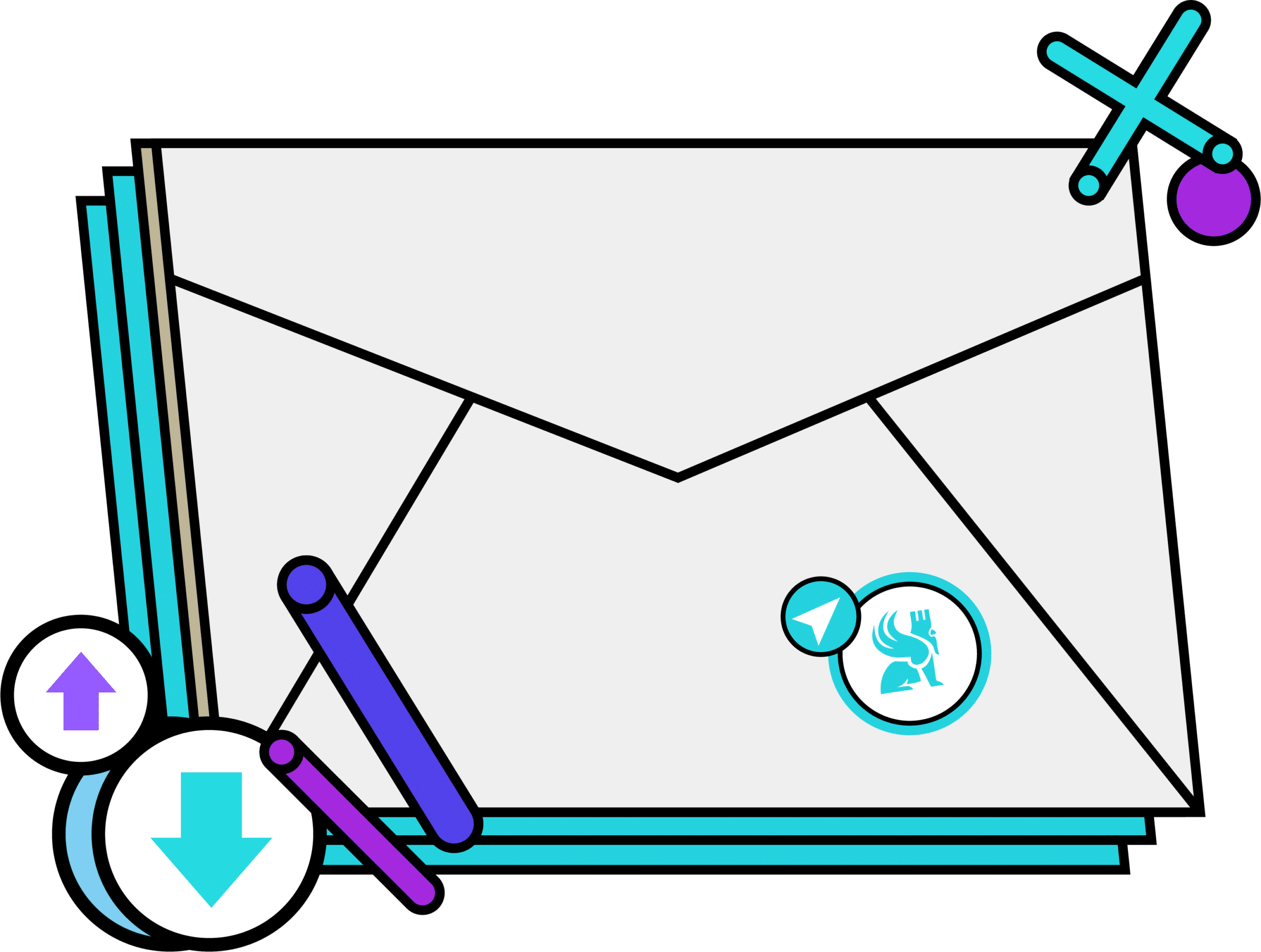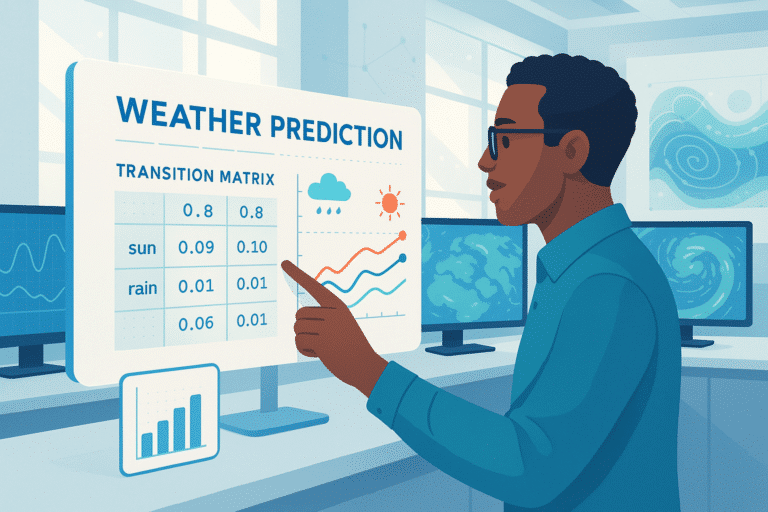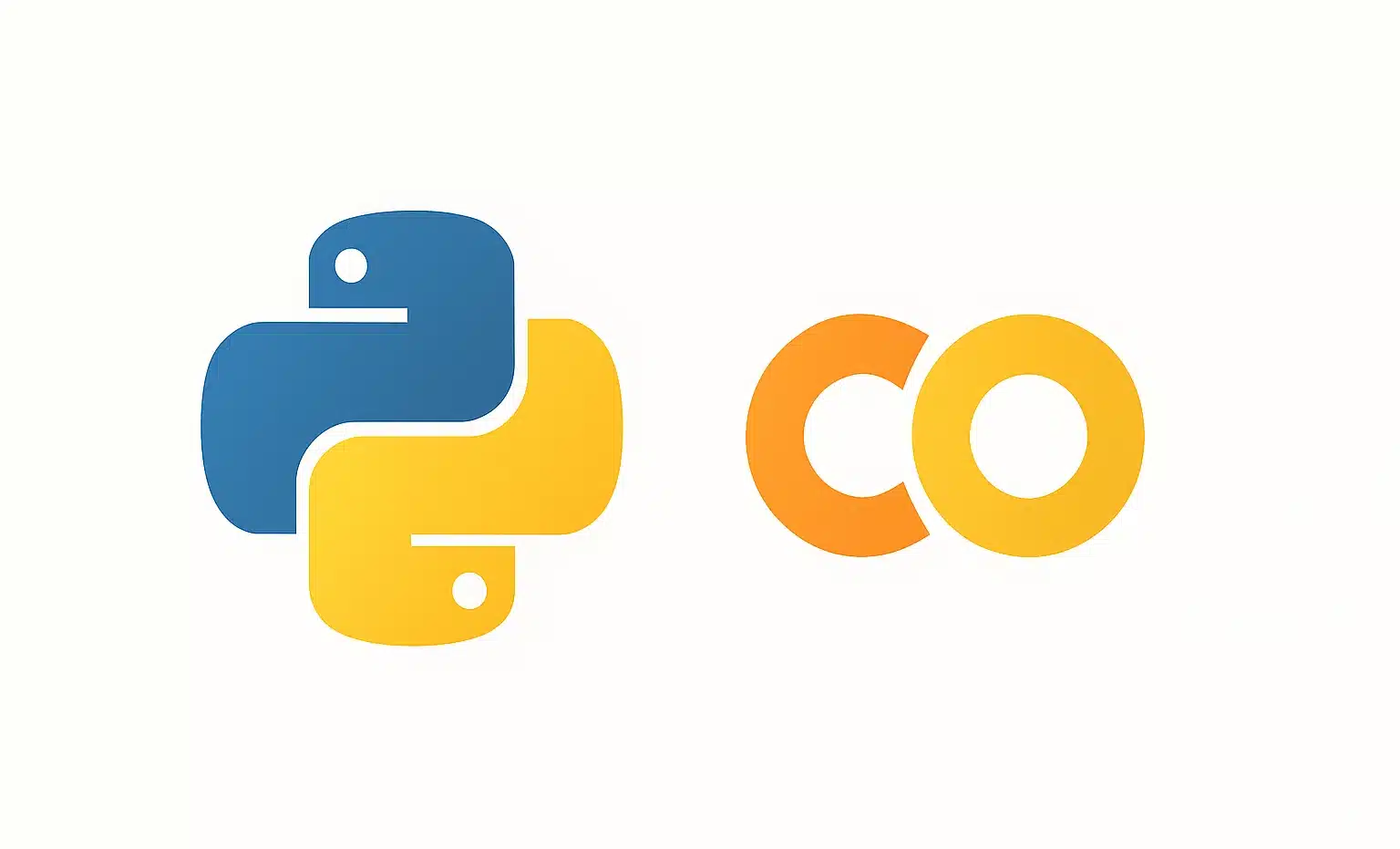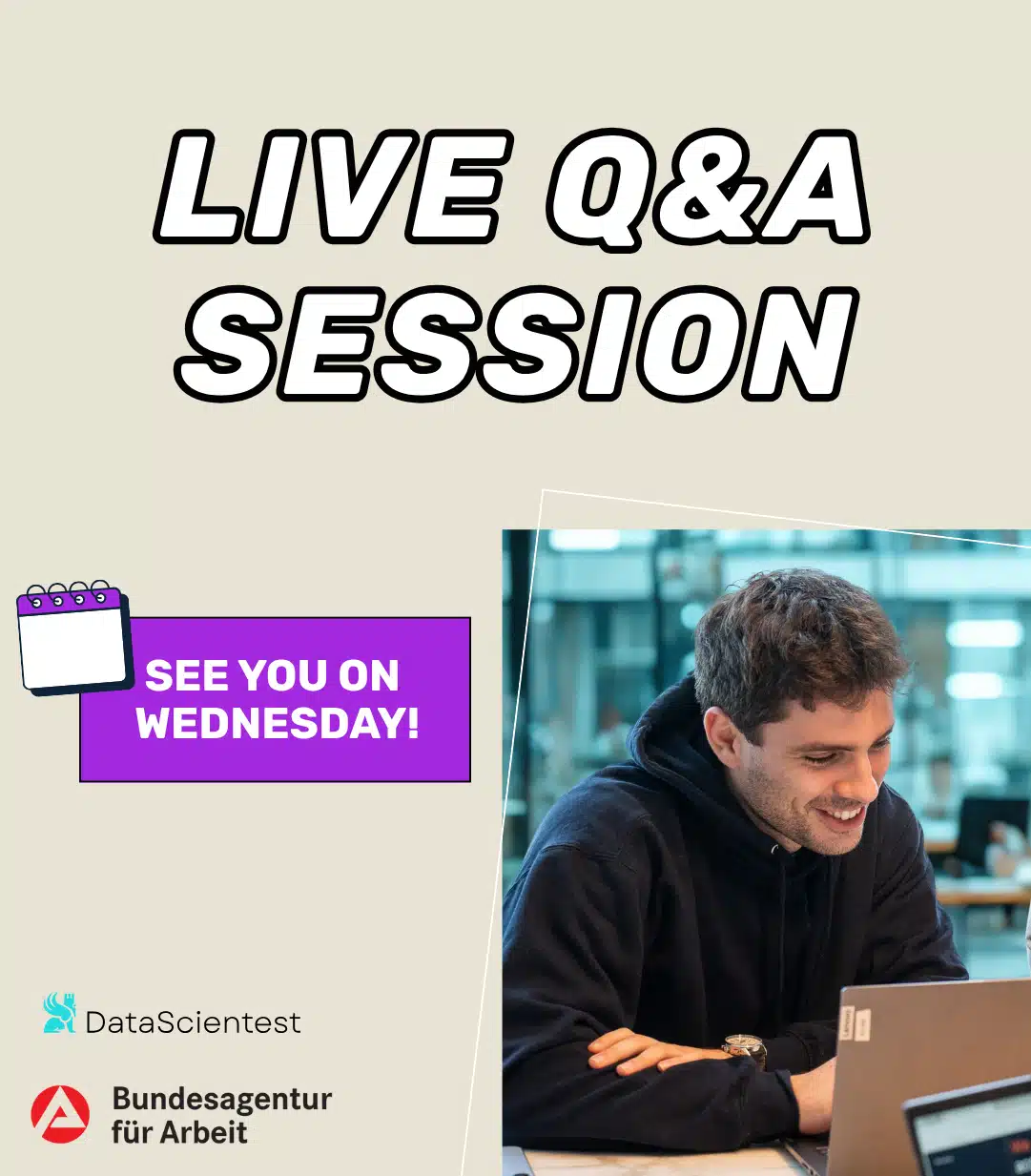Artificial intelligence, particularly natural language processing (NLP), has made significant strides since its inception. Advances in AI have greatly enhanced text understanding and generation capabilities.
A key challenge in NLP is for models to produce smooth, coherent, and contextually appropriate text. In the past, most architectures operated on a sequential token-by-token prediction principle, generating each word independently from the next.
Today, with the advent of Multi Token Prediction, AI models can anticipate several tokens simultaneously, which greatly enhances the fluency, accuracy, and speed of text generation.
What is Multi Token Prediction?
What is an NLP Token?
In natural language processing (NLP), a token is the basic unit of text. It can be a word, a sub-word, or even a character, depending on the tokenization method employed.
Contemporary NLP models, like GPT-4 or Llama, decompose text into tokens prior to processing. For example, a sentence like:
“Artificial intelligence is transforming the way we work.”
Might be divided into tokens such as:
[“Artificial”, “intelligence”, “is”, “transforming”, “the”, “way”, “we”, “work”, “.”]
Difference between Single Token and Multi Token Prediction
Criteria | Single Token Prediction | Multi Token Prediction |
|---|---|---|
Generation Mode | One token at a time, based on the previous ones | Several tokens generated in one step |
Examples of Models | GPT-2 and earlier models | GPT-4, Claude, Gemini |
Processing Speed | Slower (each token depends on the previous one) | Faster (simultaneous generation of several tokens) |
Overall Coherence | Less coherent on long sentences (risk of repetition and contradiction) | Better semantic and grammatical coherence |
Context Anticipation | Limited (less global view of the text) | Better consideration of the overall context |
Generation Fluency | Can produce awkward formulations | More natural and fluid generation |

What algorithms and models make this possible?
Multi Token Prediction depends on several crucial advancements:
1. Transformers and Self-Attention
- The Transformer model, introduced by Vaswani et al. in 2017, underpins advances in NLP.
- Its attention mechanism allows it to analyze every word in a sentence simultaneously, optimizing context understanding.
2. Autoregressive vs. Bidirectional Models
- Autoregressive (e.g., GPT-4, Mistral): These models predict sequentially by considering preceding tokens.
- Bidirectional (e.g., BERT, T5): These analyze the entire sentence before generating text.
3. Advanced Optimization Techniques
- Specific fine-tuning to enhance multi-token prediction in specialized contexts.
- Employing RLHF (Reinforcement Learning from Human Feedback) to refine outcomes.
What are the applications of Multi Token Prediction?
1. Chatbots and Virtual Assistants
Systems like ChatGPT, Gemini, and Claude utilize this approach to:
- Better comprehend users’ complex queries.
- Deliver more precise and fluent responses.
- Manage extended dialogues without losing context.
2. Machine Translation and Paraphrasing
Neural translation tools, such as DeepL and Google Translate, use multi-token prediction to:
- Enhance the fluency and relevance of translated sentences.
- Avoid overly literal translation mistakes.
- Generate more natural paraphrases.
3. Automatic Text Generation and Summarization
Content generation and summarization platforms like QuillBot or ChatGPT benefit from this method to:
- Create more coherent and compelling texts.
- Synthesize information without omitting key points.
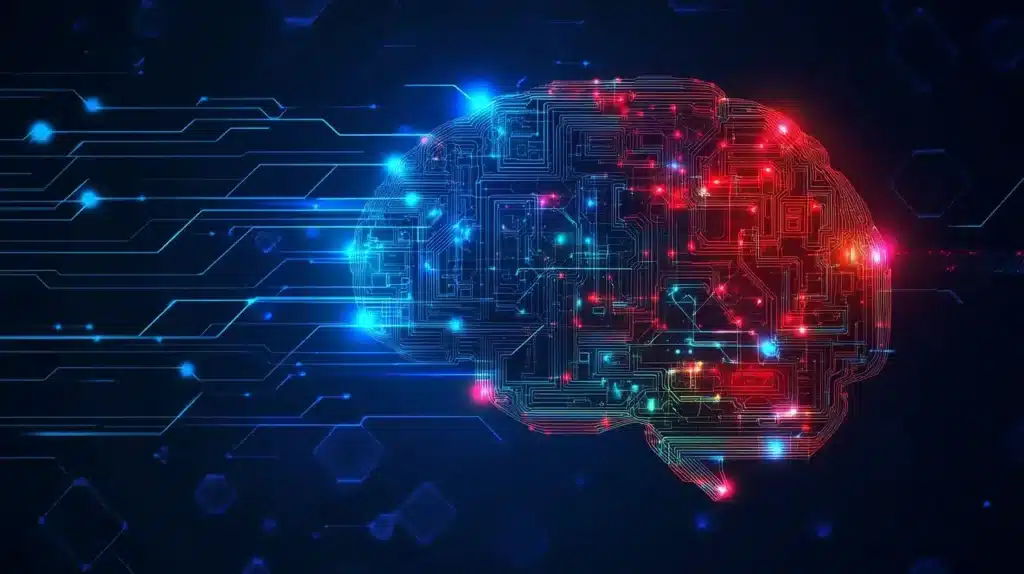
Tools and models using MTP
Several platforms and open-source models now integrate this technology:
- GPT-4 and Claude 3: Leaders in NLP, deployed for advanced tasks.
- Mistral and Llama 3: High-performance open-source models.
- BERT, T5, and UL2: Designed for text understanding and reformulation.
- Hugging Face & OpenAI API: Libraries for training custom NLP models.
Every tool possesses its strengths and specificities, dependent on the intended use.
Conclusion
Multi Token Prediction signifies a major shift in natural language processing. By speeding up and enhancing text generation, it paves the way for more fluid and natural AI interactions.
The future of NLP hinges on advances such as creating more efficient, energy-conserving models, AI capable of reasoning and understanding complex concepts, and better adapting to specific user requirements.
With the fast-paced evolution of these technologies, we can anticipate systems capable of writing, translating, and understanding language in a manner closely resembling human proficiency.

